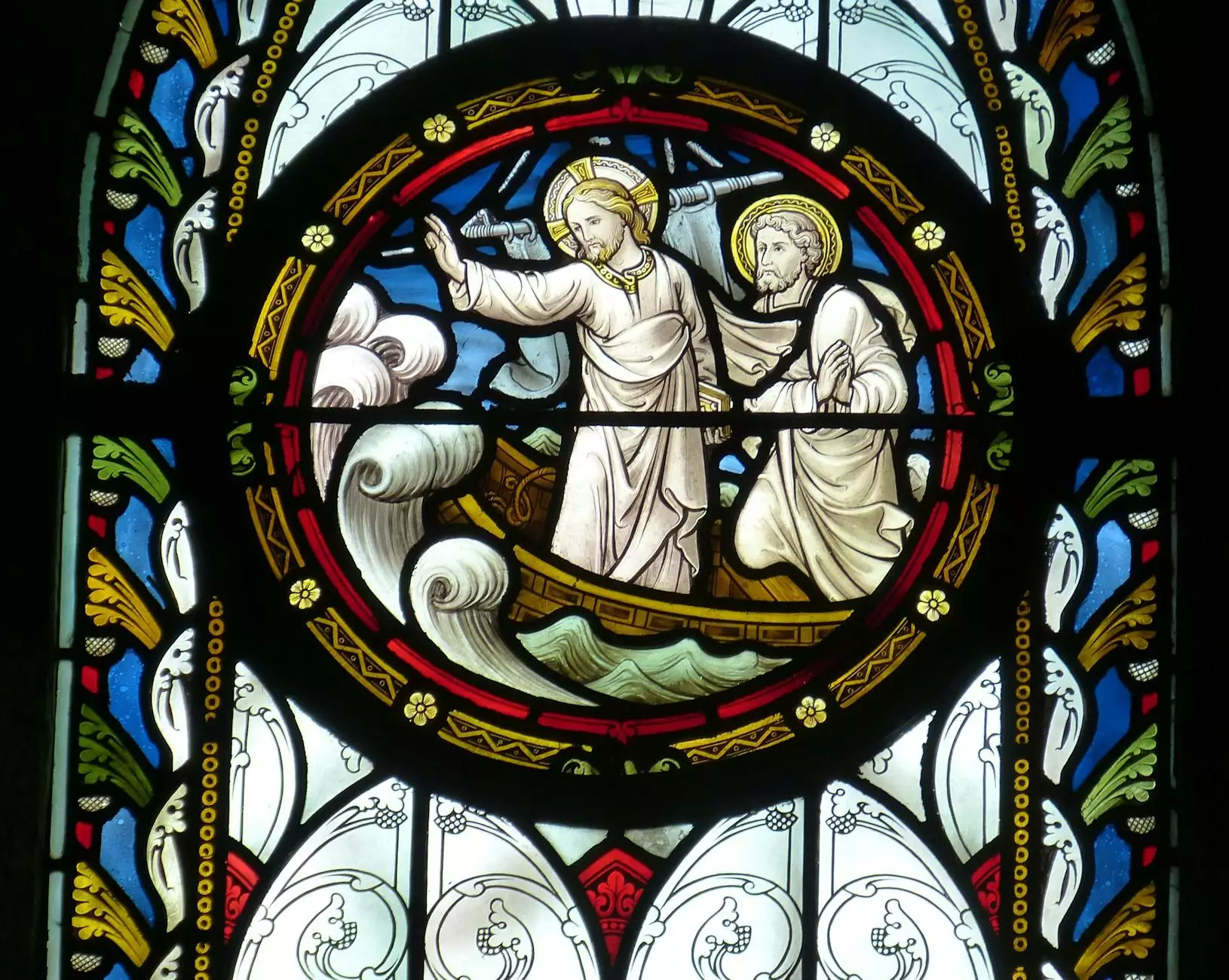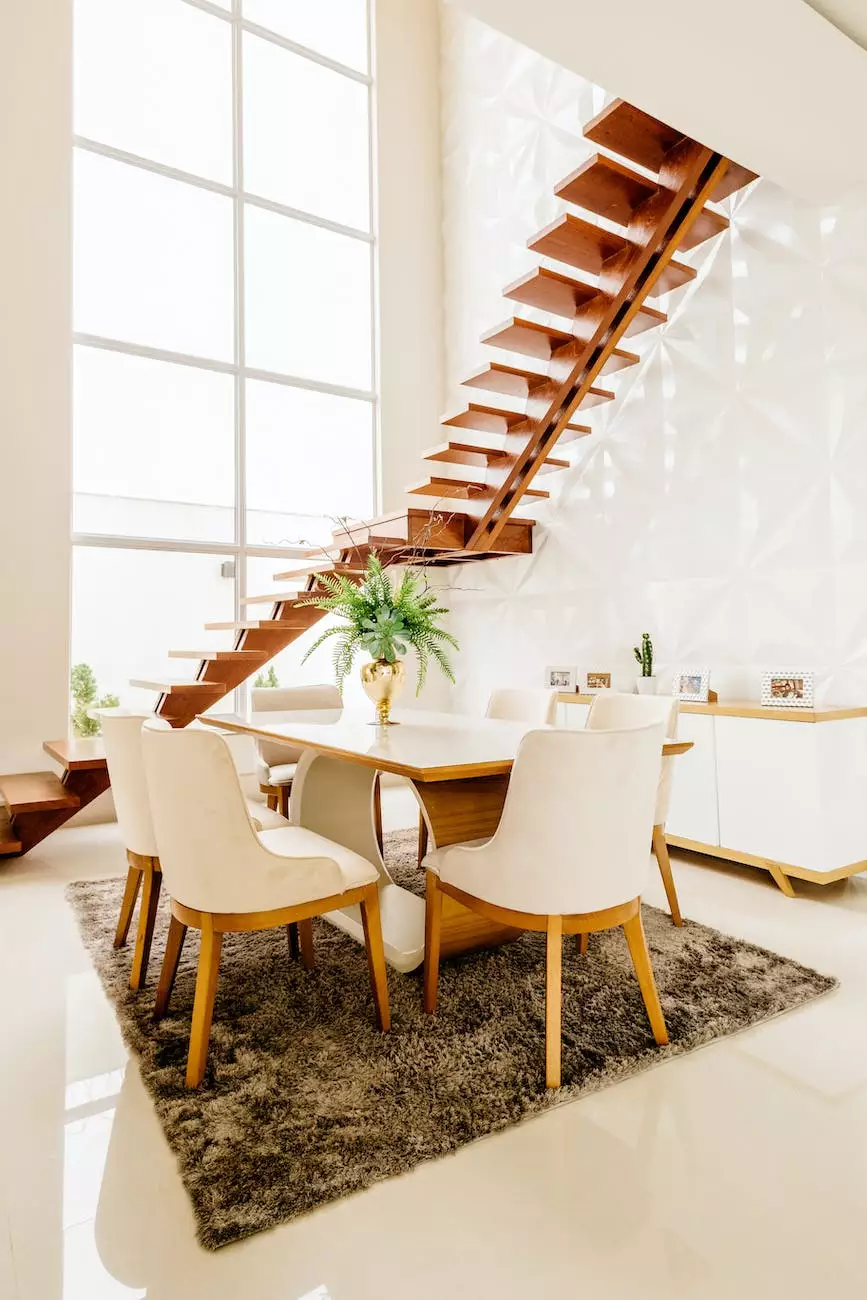Windows - Types of Glass 2

Introduction
Welcome to the comprehensive guide on different types of glass used in windows, brought to you by The Power Window Doctors. We understand the importance of choosing the right glass for your windows as it significantly impacts various factors such as energy efficiency, safety, and aesthetic appeal. In this article, we will delve into the details of different types of glass commonly used in windows, providing you with valuable insights to make an informed decision for your home or business.
1. Float Glass
Float glass is one of the most basic and widely used types of glass in window manufacturing. It is made by melting a mixture of sand, soda ash, and limestone, and then floating it on a bed of molten tin. This process results in a smooth, clear sheet of glass that can be further processed to enhance its properties.
2. Annealed Glass
Annealed glass is the most common type of glass used in windows. It is produced by slowly cooling the molten glass to relieve internal stresses, resulting in a glass that can be easily cut and shaped. However, annealed glass is not as strong as other types and can break into sharp shards when shattered, posing a safety risk.
3. Tempered Glass
Tempered glass is a type of safety glass that undergoes a special heat treatment process to increase its strength. This makes it highly resistant to breakage and shattering, making it ideal for areas where safety is a concern, such as in doors and large windows. If tempered glass does break, it crumbles into small, rounded pieces, reducing the risk of injury.
4. Laminated Glass
Laminated glass consists of two or more layers of glass with an interlayer of polyvinyl butyral (PVB) or ethylene-vinyl acetate (EVA) sandwiched between them. This structure provides enhanced safety and security as the interlayer holds the glass together when broken, preventing it from shattering into sharp pieces. Laminated glass also offers sound insulation and blocks out harmful UV rays.
5. Low-E Glass
Low-emissivity (Low-E) glass is designed to minimize heat transfer, making it an excellent choice for improving energy efficiency in windows. It has a microscopically thin, transparent coating applied to the surface that reflects heat while allowing natural light to penetrate. This helps maintain a comfortable indoor temperature and reduces the reliance on heating and cooling systems.
6. Tinted Glass
Tinted glass is manufactured by adding metal oxides to the glass during production, giving it a specific color and reducing the amount of heat and glare transmitted through the window. This type of glass is commonly used to control light and create a more comfortable environment while enhancing privacy. Tinted glass can also provide some level of UV protection.
7. Insulated Glass
Insulated glass, also known as double-glazed or triple-glazed glass, consists of multiple glass panes separated by sealed air spaces or filled with insulating gases such as argon or krypton. This design provides improved thermal insulation, soundproofing, and condensation resistance. Insulated glass is widely used in energy-efficient windows to reduce heat loss or gain.
Conclusion
Choosing the right glass for your windows is a crucial decision that can have a significant impact on your comfort, energy bills, and overall aesthetic appeal. The Power Window Doctors have provided you with a comprehensive overview of various types of glass commonly used in windows. Consider your specific needs, such as safety, energy efficiency, and style, when making your selection. If you require professional guidance or window repair services, feel free to reach out to The Power Window Doctors. We are here to assist you in finding the perfect glass solution for your windows.









